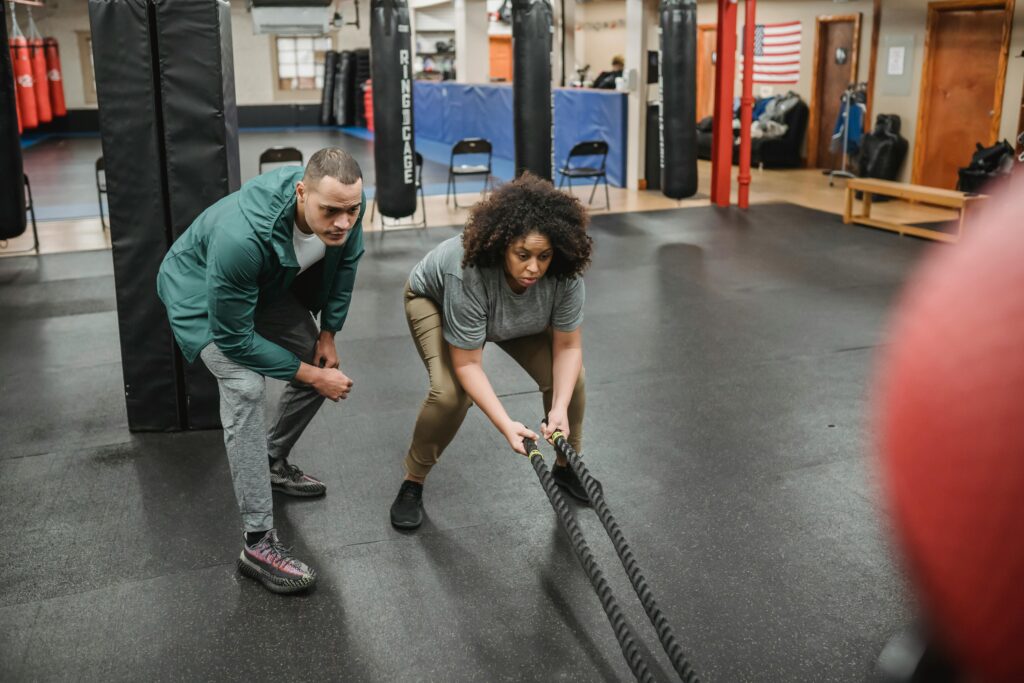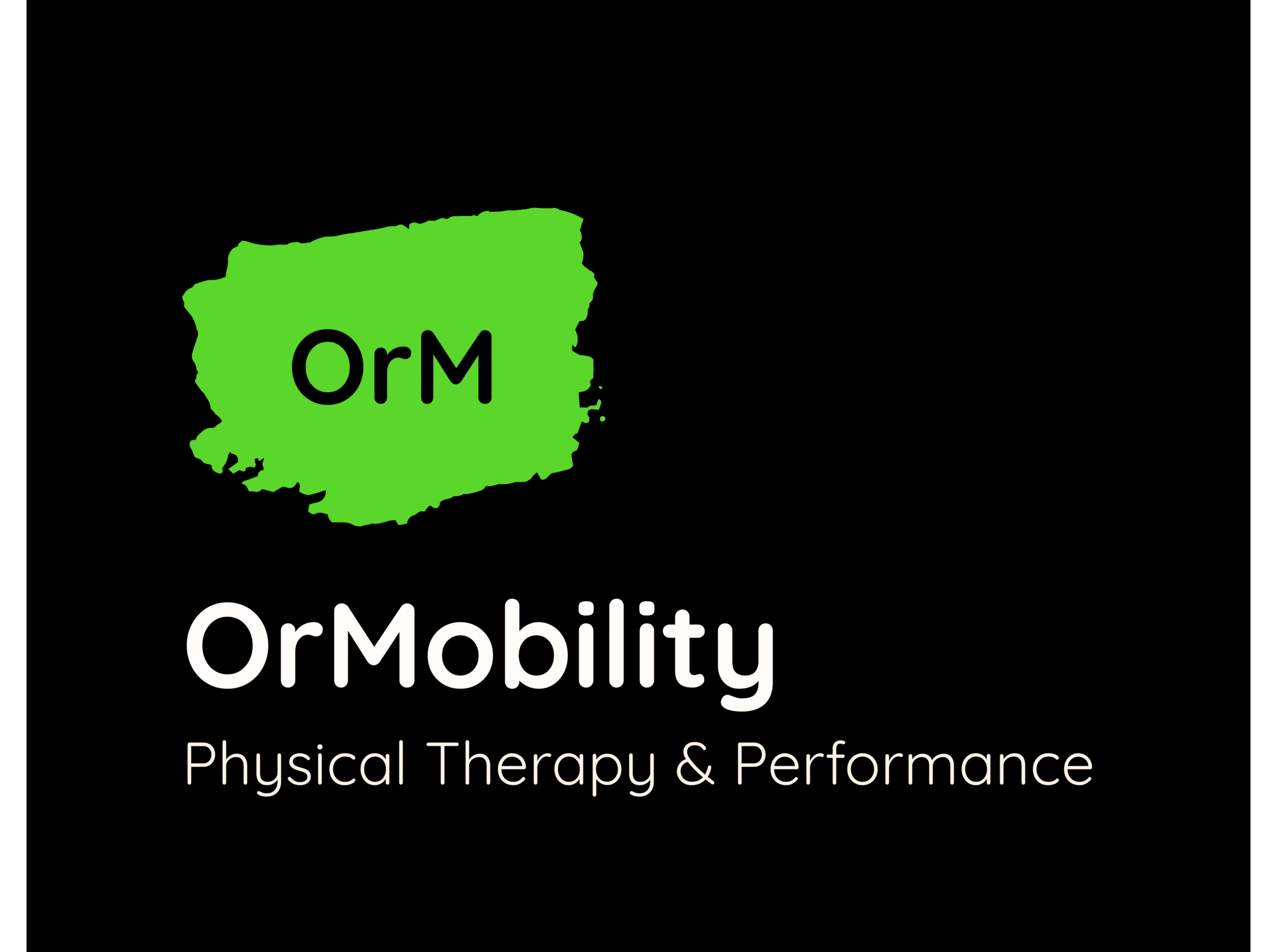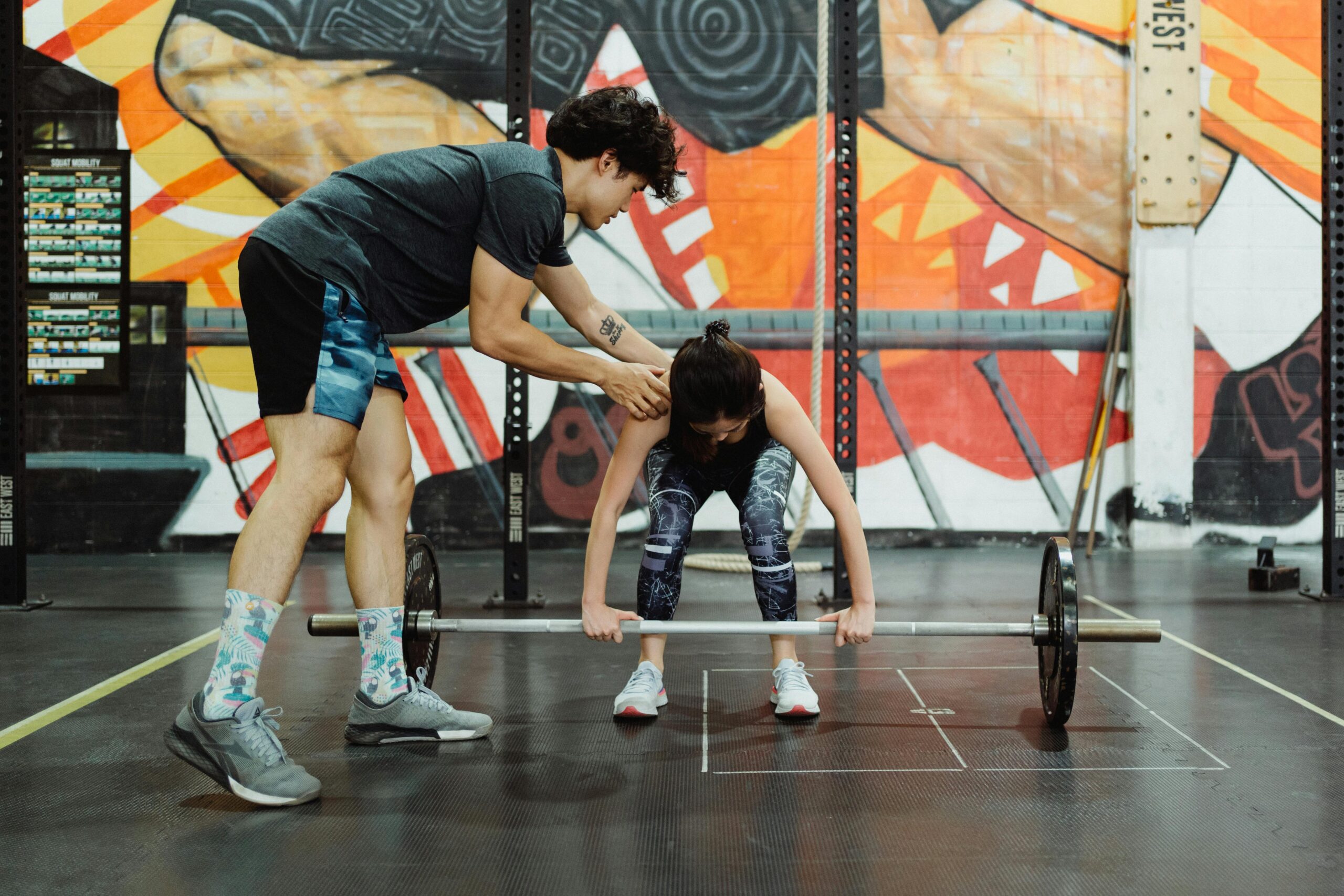Building muscle isn’t just about lifting heavier weights, it’s about the right method, volume, and progression. A well-structured hypertrophy training program promotes muscle growth, improves metabolism, and helps you achieve your aesthetic goals efficiently. Whether you’re new to strength training or returning from a break, personalized coaching ensures you’re following the best hypertrophy training program for your goals, lifestyle, and fitness level.


What Is a Hypertrophy Training Program?
Hypertrophy training focuses on increasing the size of your skeletal muscles through consistent strength work and proper recovery. A quality hypertrophy training program goes beyond reps and sets, it strategically applies principles like progressive overload, volume, and periodization to trigger physical change. If your goal is adding muscle size, this method delivers.Defining muscular hypertrophy vs strength gains
Muscle hypertrophy means increasing muscle fiber thickness, often through high volume workouts with moderate to heavy loads. It differs from pure strength training, which emphasizes maximal weight at lower reps. While strength gains improve neural efficiency and performance, hypertrophy aims to change your physique through protein synthesis and microtrauma followed by recovery.Mechanisms: mechanical tension, metabolic stress, muscle damage
Three scientifically validated mechanisms drive hypertrophy: mechanical tension, metabolic stress, and muscle damage. Techniques like density sets, drop sets, and negatives create intense tension, while volume-based fatigue increases stress in the muscle. These triggers activate growth by breaking down muscle fibers and encouraging the body to repair and rebuild them stronger.Why volume, time under tension & progressive overload matter
The best hypertrophy training program balances training volume landmarks, set duration, and rep range to stimulate growth. Maintaining time under tension during each rep ensures deep muscle activation, especially when paired with proper mind-muscle-movement-connection. Over time, increasing the load or intensity through progressive overload ensures continued adaptation and results. Resistance training can trigger muscle hypertrophy, but the outcomes depend on several variables. Choosing the right exercises, adjusting intensity levels, and scheduling workouts with proper frequency are all key elements in achieving effective muscle growth. Without thoughtful programming, even high-effort training may fall short of your hypertrophy goals.
What Makes the Best Hypertrophy Training Program?
Not all programs are created equal. The best hypertrophy training program includes the right training split, recovery balance, intensity methods, and nutrition strategy. It should evolve as your body changes, something that a coach can personalize in real-time.Ideal frequency: training each muscle group 2–3x per week
Training each major muscle group two to three times weekly allows for more learning and adaptation while avoiding burnout. Common splits include upper/lower split, push/pull/legs split, or body part split, depending on your recovery capacity and training age. This increased training frequency maximizes opportunities for muscle hypertrophy without overtraining.Optimal sets, reps & load (%1RM) for growth
To encourage muscle growth, aim for moderate to high volume (sets/reps) in the range of 3–5 sets per exercise, using loads between 65–85% of your 1-rep max (1RM). Maintain intensity through straight sets, rest-pause sets, and reduced rest time. RPE (Rate of Perceived Exertion) tracking helps you monitor intensity and avoid burnout while targeting your maximum adaptive volume (MAV). Training with lower reps and heavier weights—typically 1 to 5 repetitions per set at 80% to 100% of your 1-rep max (1RM), is highly effective for building maximal strength. This method activates high-threshold motor units and emphasizes neural adaptation over muscle size. While it’s not the primary focus of a hypertrophy plan, this strategy can complement growth phases when structured appropriately.Smart progressions: periodization & overload strategy
The key to lasting progress is strategic overload. Smart coaches implement block periodization, linear periodization, or undulating periodization to keep intensity and volume aligned with your goals. Over time, your hypertrophy training program may incorporate techniques like double rest-pause sets, squat program, or even deadlift program cycles to challenge you in new ways.Why Coaching Elevates Hypertrophy Results
Online workouts may offer quick wins, but they don’t provide real accountability, progress tracking, or safety. With 1 on 1 fitness coaching, your training becomes customized, strategic, and sustainable. This guidance is what turns a generic plan into the best hypertrophy training program for long-term growth.Personalized programming and exercise selection
A coach designs your workouts based on injury history, mobility, goals, and available equipment. If you’re limited to dumbbells, barbells, or free weights, your plan adjusts accordingly. From targeting rear delts, traps, biceps, to refining legs or arms and abs, programming gets laser-focused with a coach.Accountability, feedback & progress tracking
Having a coach means every set, rep, and rest period is intentional. They use tools like apps, shared spreadsheets, or workout logs to track performance and recovery. By keeping track of your weekly training volume, your coach can make timely adjustments to prevent plateaus and maximize hypertrophy goals.Behavior change support: recovery, nutrition, consistency
Muscle doesn’t grow during workouts, it grows during recovery. A coach reinforces habits like rest days, full-body stretching, and cardio placement. They’ll also help build a smart nutrition plan that includes healthy calories, protein, and Balanced Nutrition habits like “eat protein first” to support lean growth.
Sample Hypertrophy Training Program (Coach‑Designed)
Coaching takes your program from cookie-cutter to custom. Whether you prefer a 6-week hypertrophy workout program or an 8 week hypertrophy training program, your coach ensures it matches your goals, schedule, and experience level. Here’s what a sample might look like:3‑ or 5‑day split template (compound + isolation focus)
- 3-Day Beginner Split:
- Day 1: Full-Body A (Squat, Incline Dumbbell Press, Seated Row, Side Plank)
- Day 2: Full-Body B (Deadlift, Flat Bench Press, Pulldown, Leg Raise)
- Day 3: Full-Body C (Leg Press, Overhead Press, Cable Fly, Calf Raise)
- 5-Day Intermediate Split:
- Day 1: Chest + Biceps
- Day 2: Back + Triceps
- Day 3: Legs + Core
- Day 4: Shoulders + Arms
- Day 5: Density + Drop Sets + Arms Finishers
Adjusting load, reps & tempo for progression
Your coach adapts intensity using rep range, tempo control, and rest manipulation. For example:- Increase load weekly using RPE.
- Add drop sets or rest-pause sets to push through failure points.
- Use density sets to increase volume without extending training time.


